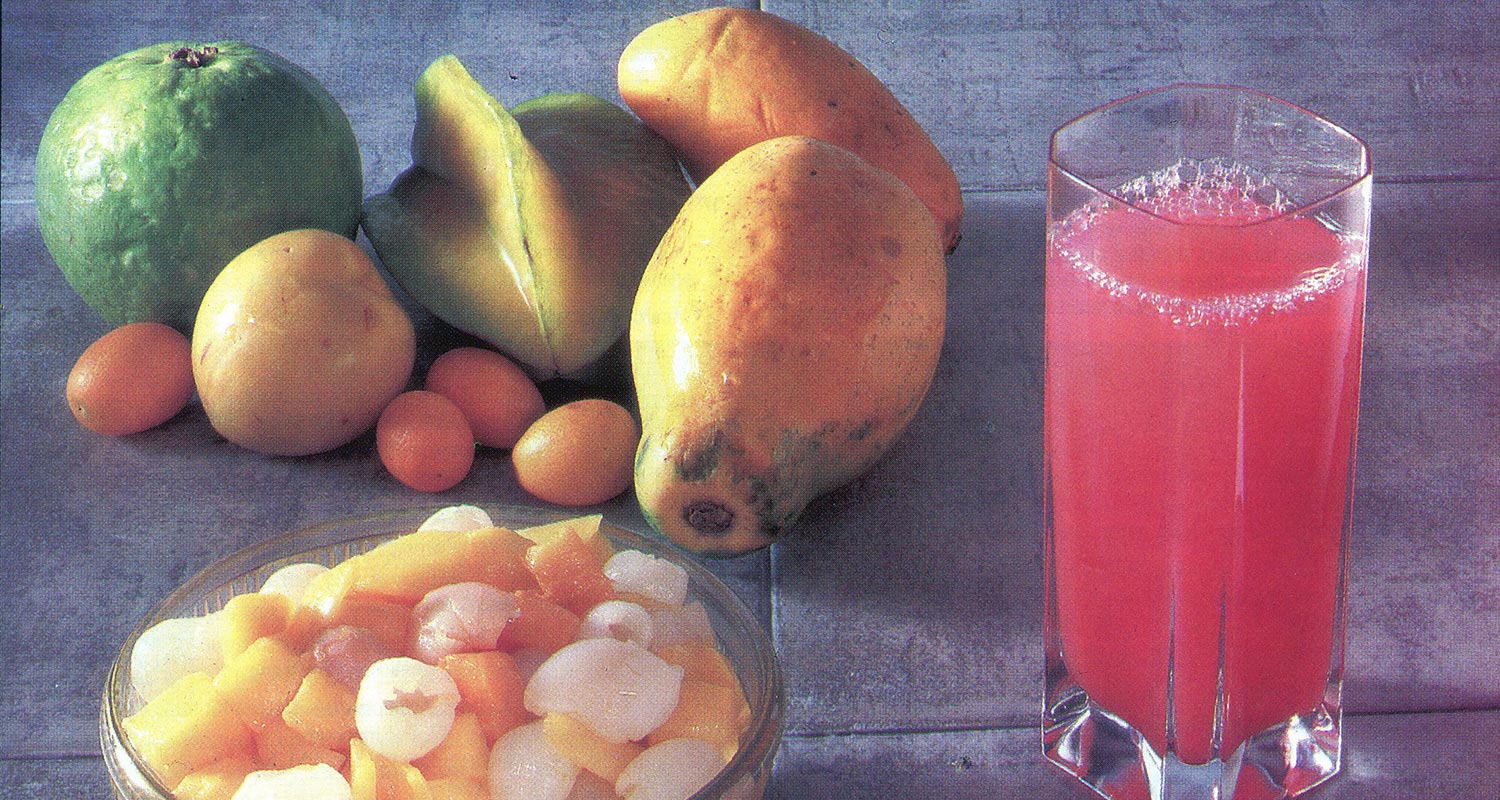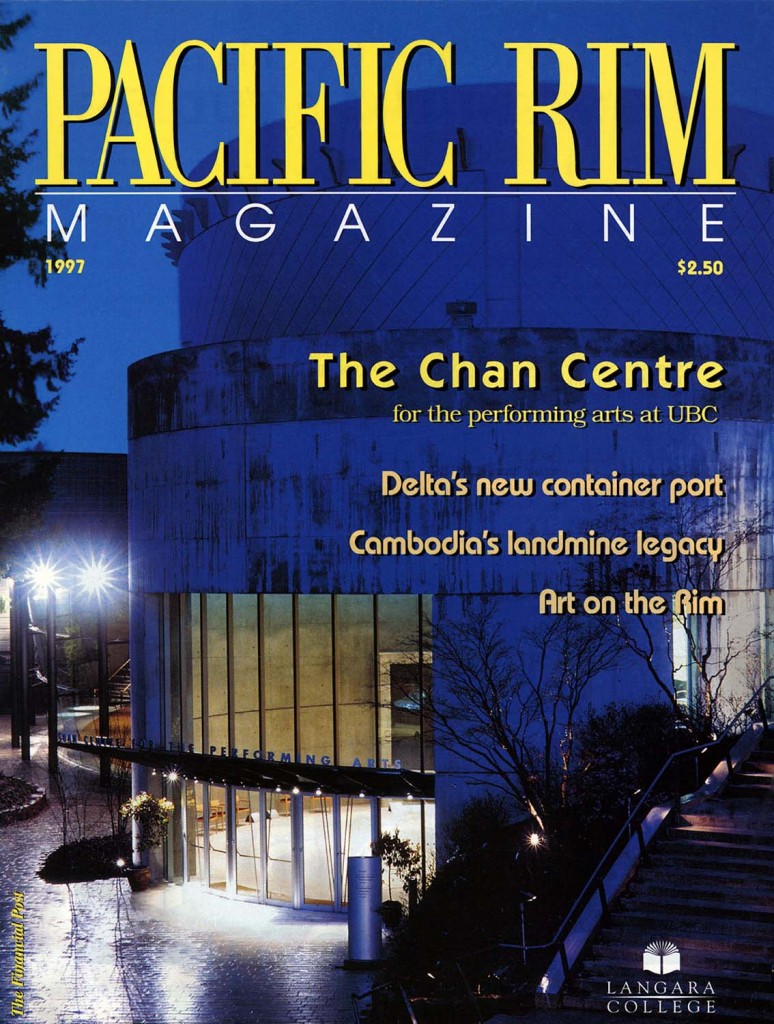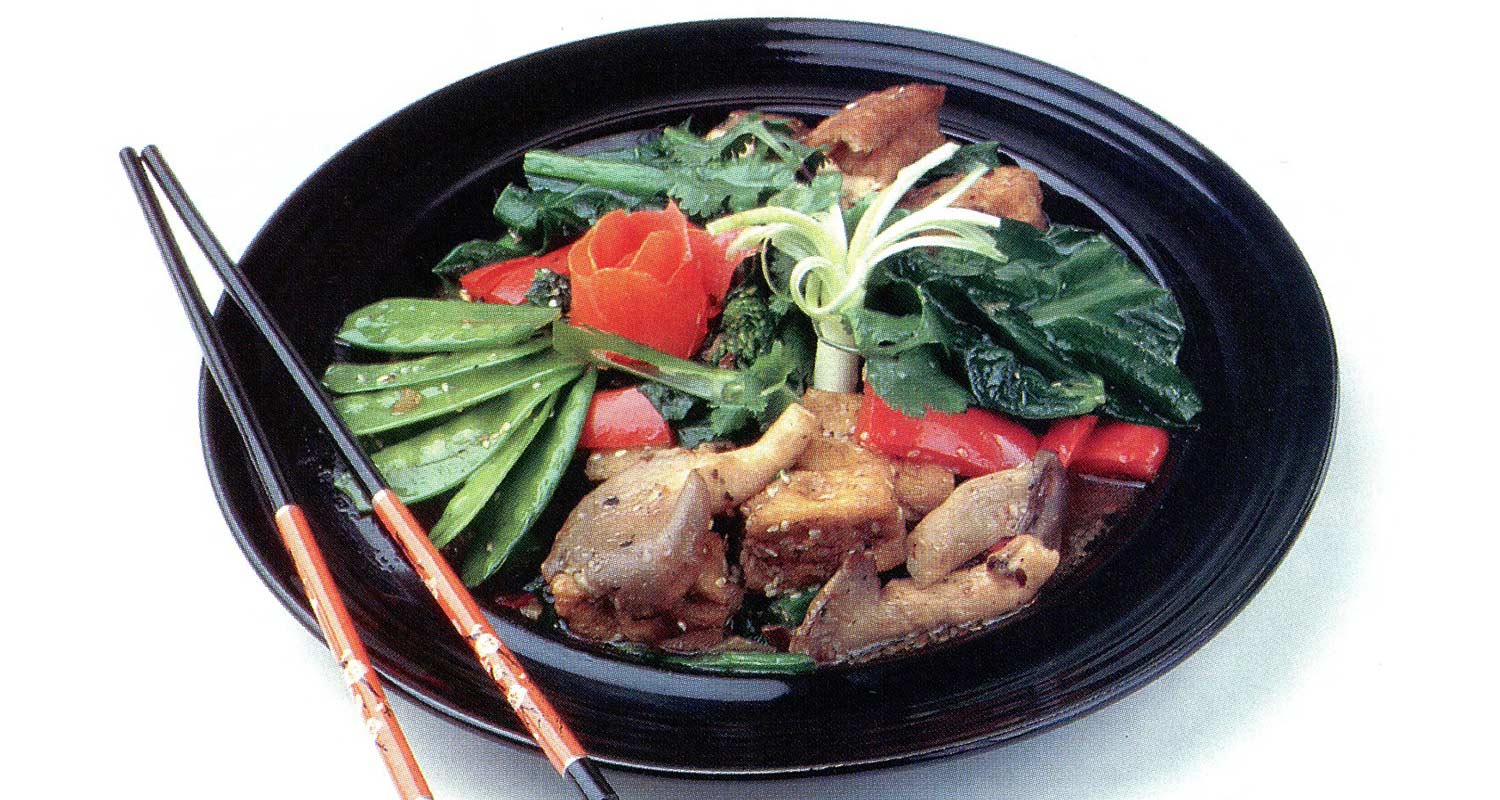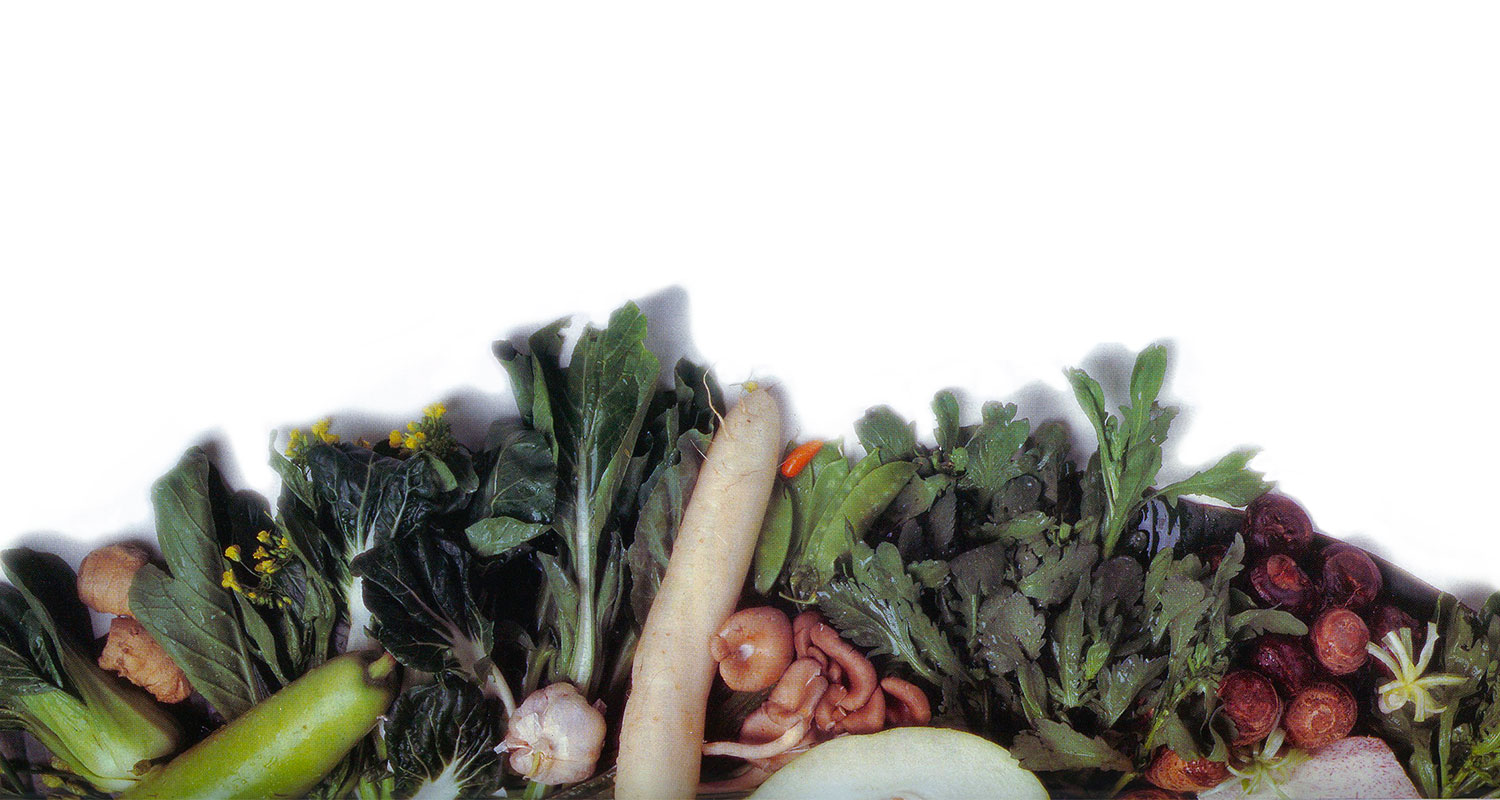Travelling in Northeast and Southeast Asia can be a feast for the soul as well as for one’s taste buds, especially when it comes to fruits. If you already love pineapples, papayas and those wonderfully sweet miniature bananas, the region offers a whole variety of fruits that will tantalize your eyes and make your mouth water.
Fresh fruit stalls that sell iced slices or segments of the fruits in season are found all over the place. If you just want to samplea strange looking yellow-green fruit thatseems to smell wonderful, you can very easily buy a couple of slices before indulging in a more extravagant portion.
The Leechee
Here is a sampling of what you might discover.The litchi, leechee or lichee is an oval-shaped fruit about 11/2 inches in diameter. Break its reddish, thin, shiny, scaly shell to reveal a colourless, translucent pulp. The pulp separates easily from the seed and is eaten fresh or dried.
The Longan
The longan is a sweet, edible, beige-brown fruit that grows in clusters. Similar in texture but smaller and sweeter than a litchi, the longan is pulpy and juicy.
The Durian
The durian, perhaps the most infamous fruit of the region because of its very distinct odour, is a large green fruit with a hard, spiny exterior. Named for its prickles, or duri, the durian assaults your nose with a most memorable stink as soon as you crack it open.
They say that if you can plug your nose, you can learn to love its yellow, fleshy pulp. For a milder form, you can try durian ice cream, pies, candy or chewing gum. If you are looking for an aphrodisiac, the durian is reputed to work wonders.
The Nangka
The nangka or langka, also called jackfruit, is a huge yellow-green fruit that can weigh over 20 kilograms. Because of its spiny exterior, it could be mistaken for an oversized durian. But that is where the similarity ends.
The nangka smells and tastes divine compared to the pungent durian. Inside its hard, spiny pod are hundreds of individual bright yellow pouches. Sweet and slightly rubbery in texture, they are great on their own or you can try them served over ice with a light syrup.
The Belimbing
The belimbing, as it is called in Indonesia and Malaysia, is known in the West as starfruit. As you sample a star-shaped slice, you will discover its cool, crisp and watery taste.
Queen Victoria apparently offered a reward to anyone who could transport a still-edible mangosteen back to England. Cut up or squeeze its purple-brown shell, which is about the size of a tennis ball, to reveal five sweet and tasty white segments. Some say that the mangosteen tastes like an orange. Creamy and cool, it melts on the tongue. It can be eaten as a chaser to the evil-smelling durian.
The Rambutan
The rambutan is a bright red fruit covered in soft, hairy spines. The name, in fact, means hairy (rambut in Malay). Gently squeeze to open and enjoy the delicious, sweet, translucent, litchi-like fruit inside. Slightly rubbery in texture, it is also called ngoh in Thailand.
The Kumquat
Native to China and widely grown in China, Japan and Southeast Asia, kumquats are either round (called narum in Japan) or oval (nagami). The rind is aromatic, sweet and edible. The fruits are eaten whole, fresh or candied. Preserved in alcohol like cucumbers or pickles, they are used to garnish roast duck.
The Pomelo
The jerunga or pomelo has a very thick skin, is larger than a grapefruit, but tastes sweeter, more like an orange.
The Guava
The guava is a white or yellow fruit about the size of an orange. It has a crisp pulp (creamy when fully ripe) with thousands of tiny seeds and is eaten whole. The jambu, a larger fruit belonging to the same family, is pear-shaped but has a radish-like crispy texture and a pink, shiny colour.
The Papaya
The papaya or paw paw has a sweet, yellow pulp. Varying in shape from spherical to elongated, papayas can weigh as much as 9 kilograms. They are eaten fresh as breakfast fruit or in salads and desserts.
The Banana
There are 42 varieties of bananas in Indonesia alone. From the finger-sized pisang tuju to the half-metre-long pisang raja (King Banana), bananas are usually eaten raw; some even have edible skins. But try them steamed, deep-fried or boiled, too. Great on their own, they can also be used in salads, desserts and stews.
The Mango
The mango is a kidney- or oval-shaped fruit whose distinctive flavour is a cross between that of an apricot and that of a pineapple. Varying in length from 2 to 6 inches, depending on the variety, they are greenish, yellowish or reddish and have a large, flattened stone inside. These succulent fruits are delicious eaten on their own or with sticky rice and a sweet sauce. The mangoes from Southern Thailand are considered the best.
Locating Some Fruit
If you have been to Asia (or even if you haven’t) and are dying for a taste of these fruits, take a trek to Vancouver’s Chinatown and you’ll likely find a good selection. Fresh or canned, they are sure to delight your taste buds and maybe bring back travel memories.
If Chinatown is a bit too far, a visit to any fruit store at Granville Island, Lonsdale Quay or New Westminster Quay will usually reveal a section of exotic tropical fruits. Even your local supermarket carries a selection, especially during the summer months when most are in season. Try your sense of adventure and pick out a few.
When dining in your favourite Asian restaurant, ask if they have any exotic fruits on their dessert menu. You might get a chance to indulge in a generous portion of nangka-litchi-longan-rambutan fruit cocktail served in a delicious syrup or to dip your spoon in a bowl of rich and smooth-tasting mango or litchi ice cream. They might even have durian ice cream on the menu.
Bring back the sights, sounds, smells and taste of exotic Asia maybe with just a few slices of fruits enjoyed with a tall glass of cold guava, litchi, papaya or mango juice. Enjoy.











